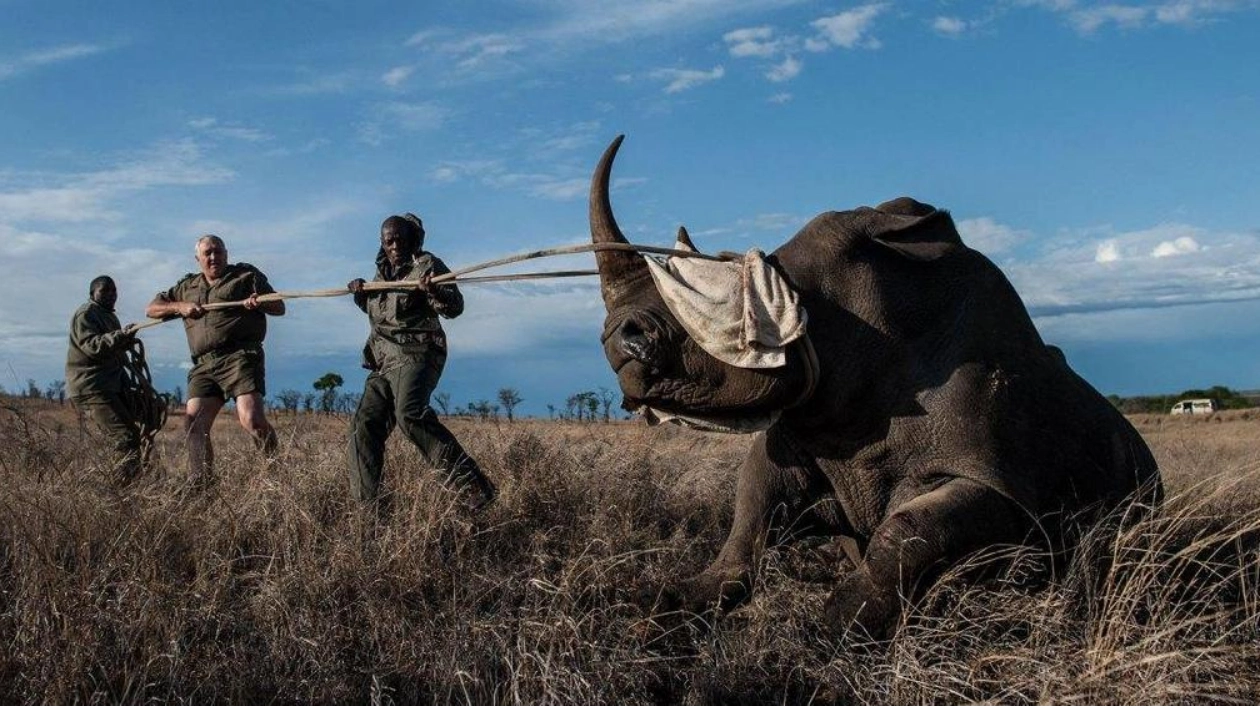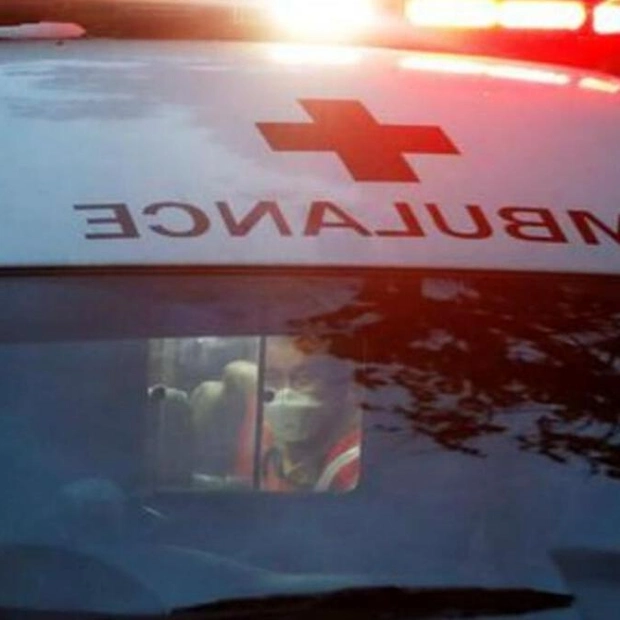In 1988, police officers in Australia sought out Ian Dadour, an entomologist, not for arrest, but for his expertise. Investigators needed him to estimate the age of maggots found on a human body, aiding them in determining the time of death of a homicide victim. Dadour later taught these and other entomology-based forensic techniques to the South African Police Service. Today, these methods are being used to combat a different kind of crime: rhino poaching.
South Africa is home to thousands of rhinos, including critically endangered black rhinos (Diceros bicornis) and near-threatened white rhinos (Ceratotherium simum). Poachers kill hundreds of these animals annually, primarily for their horns. In 2014, the country’s police force began incorporating forensic entomology into its poaching prevention strategies, training officers to collect insect evidence at wildlife crime scenes.
The process is identical for rhinos as it is for humans, explains Dadour, now with Source Certain, an Australian company that verifies the origin of agricultural and seafood products. Officers collect adult insects, larvae, and eggs of carrion insects like flies and beetles from the victim. These insects quickly find and lay eggs on a dead body, often within an hour, and their development follows a predictable pattern, acting as a biological clock.
Forensic entomologists can estimate the time since death based on the insects present and the stage of their life cycle. This estimate is known as the minimum postmortem interval. The method is most accurate during the early stages of decomposition; accuracy decreases as decomposition progresses. “Under the right conditions, it can be highly effective,” says Martin Villet, a forensic entomologist in Cape Town, South Africa.
Dadour and Melanie Pienaar, a forensic entomologist with the South African Police Service, sought to document the insects used in rhino death investigations. They analyzed 19 rhino poaching cases from 2014 to 2021, tallying the insect species present at each decomposition stage and comparing the minimum postmortem interval estimates.
Among the 119 insects collected from the rhinos, blowflies (Diptera) and beetles (Coleoptera) were the most prevalent and useful for calculating the minimum postmortem interval. Some Hemiptera were also present but less helpful for these calculations. The team published their findings on October 9 in Medical and Veterinary Entomology.
Forensic entomology is not a standalone tool but complements other evidence, such as cell phone records, to place suspects at crime scenes. In one case reviewed by Dadour and Pienaar, the insect-derived timeframe helped secure a poacher’s prison sentence.
“The key takeaway is that the methods we use on humans can be applied identically to animal cases,” says Amoret Whitaker, a forensic entomologist at the University of Winchester in England. “It’s fascinating to see this applied to such a crucial species.”
Dadour has also trained wildlife officers to use the technique for monitoring endangered Australian marsupials like numbats (Myrmecobius fasciatus) and in animal cruelty cases. However, forensic entomology is not widely used in wildlife crime investigations. For South Africa’s rhinos, though, it and other anti-poaching measures have contributed to a slow population increase.
Source link: https://www.sciencenews.org






